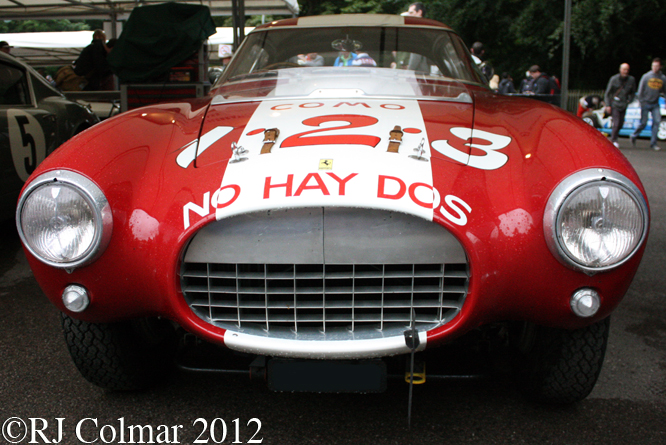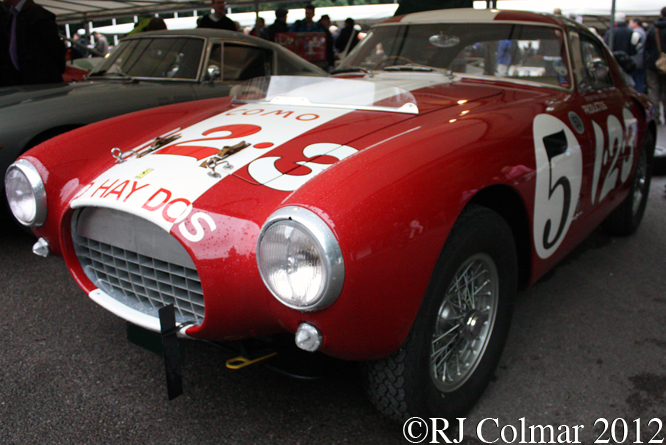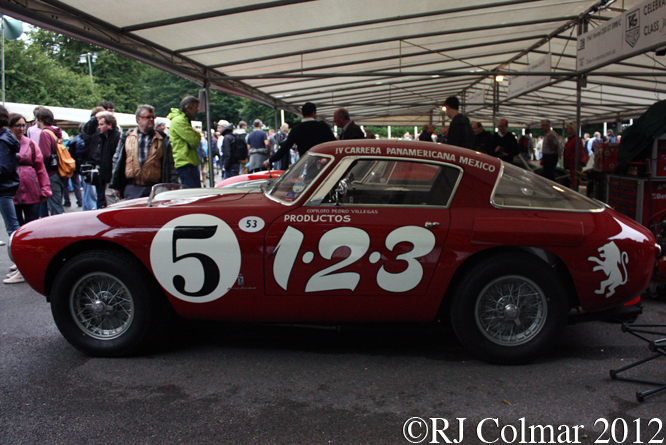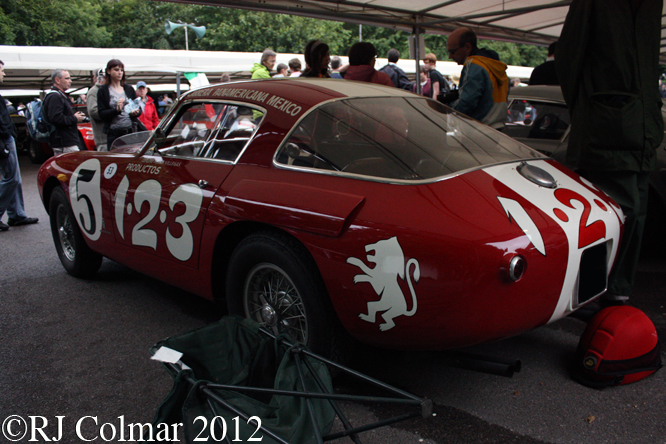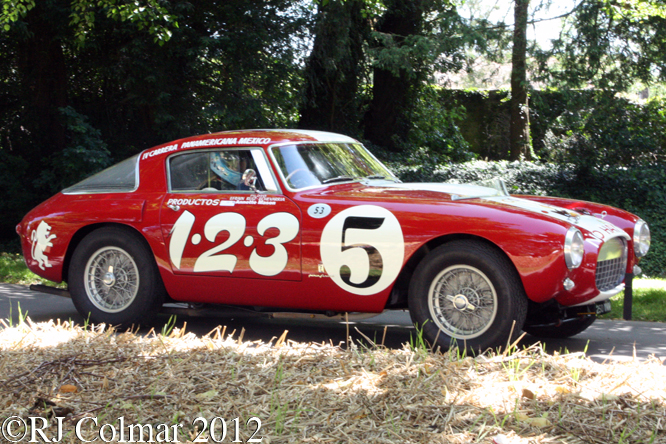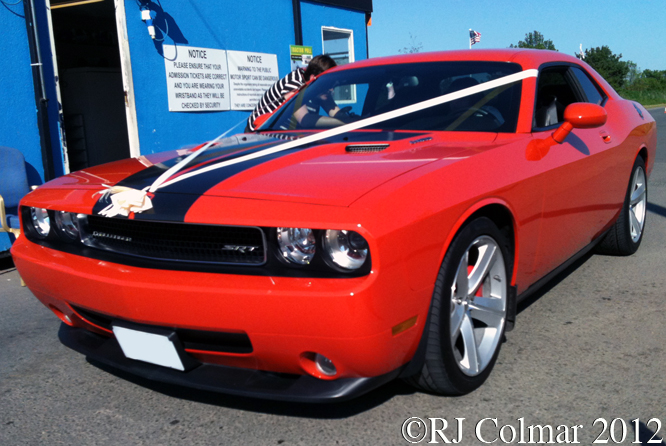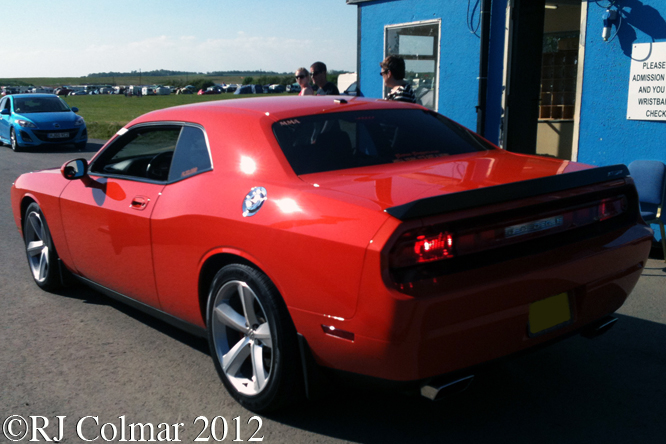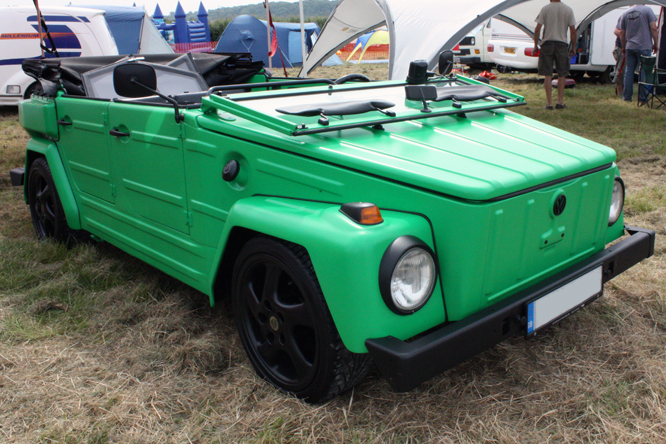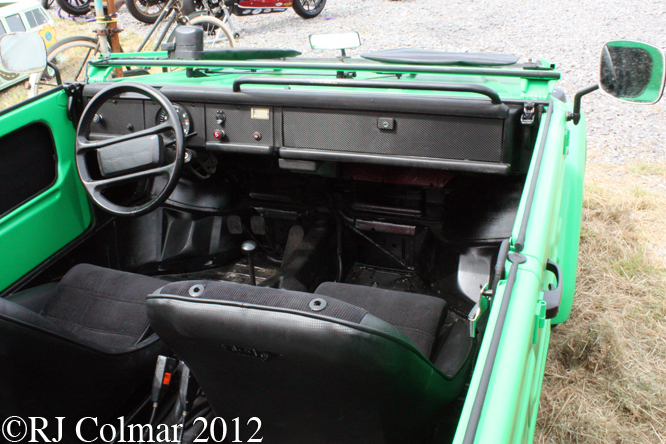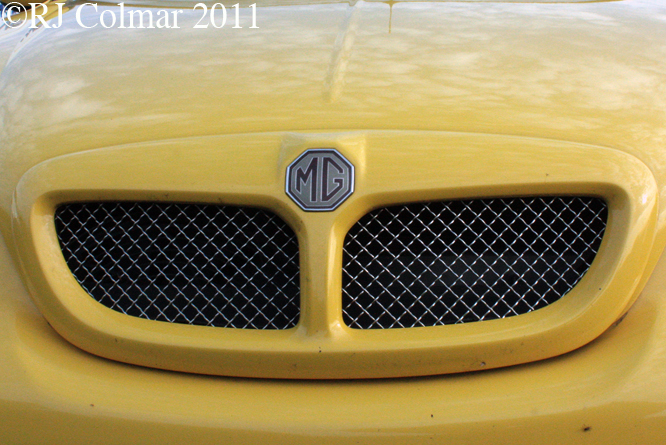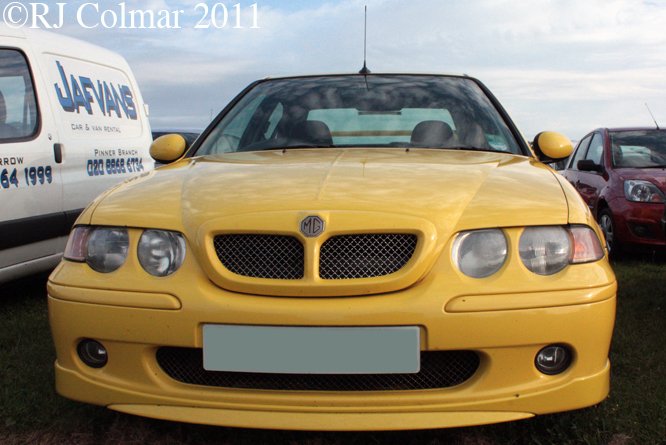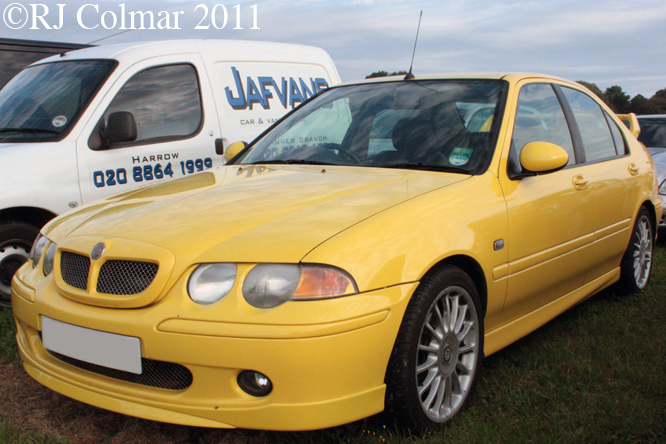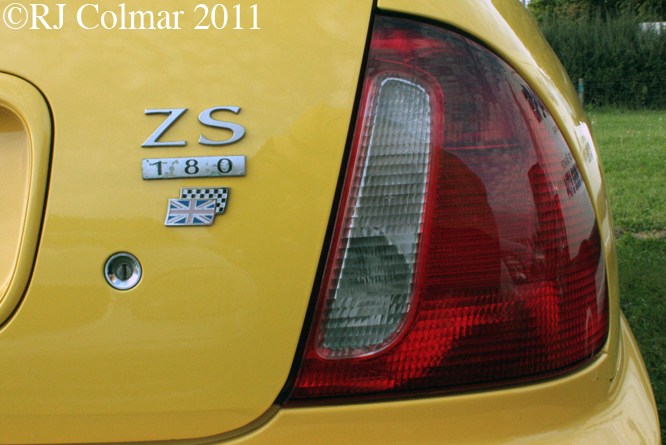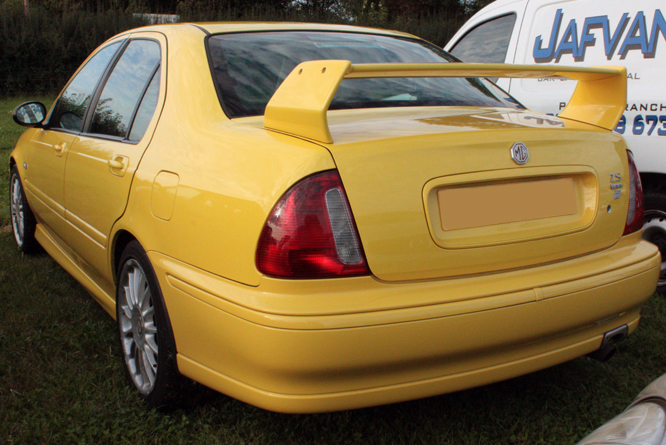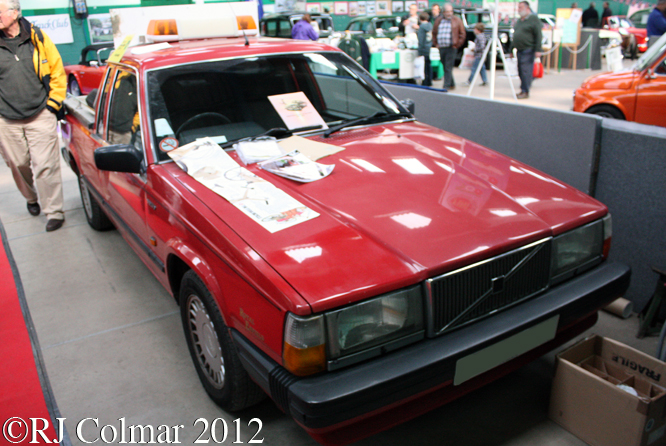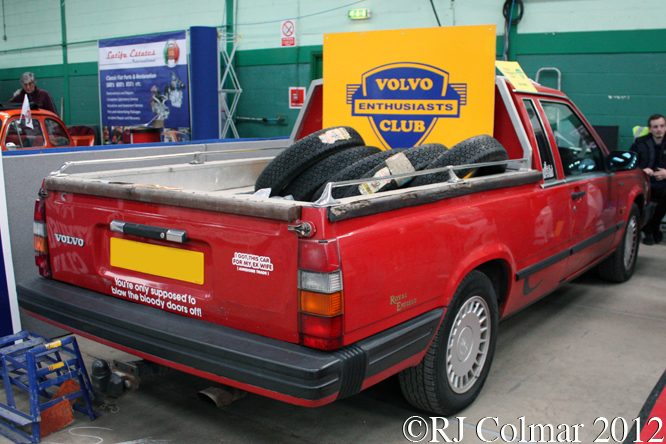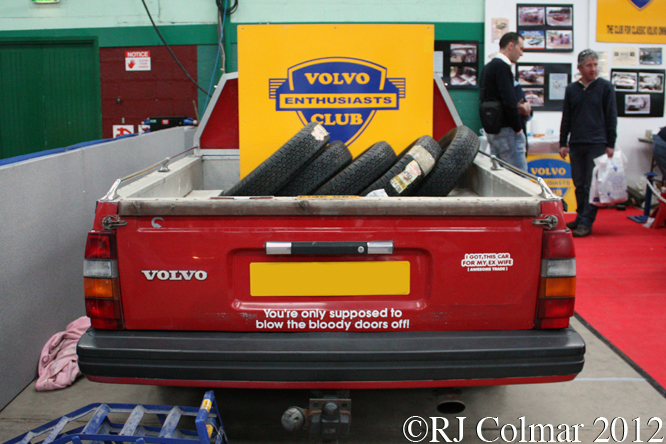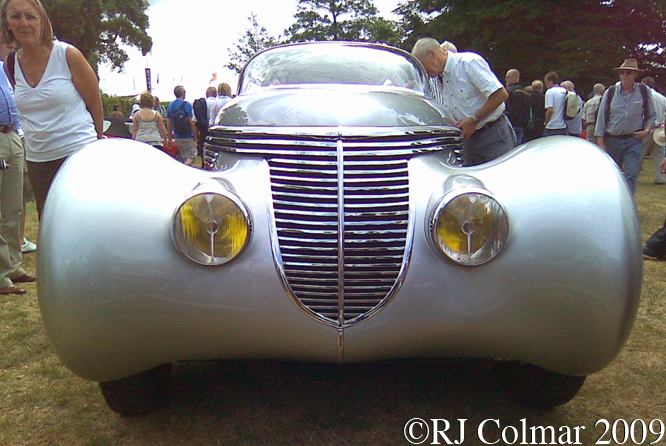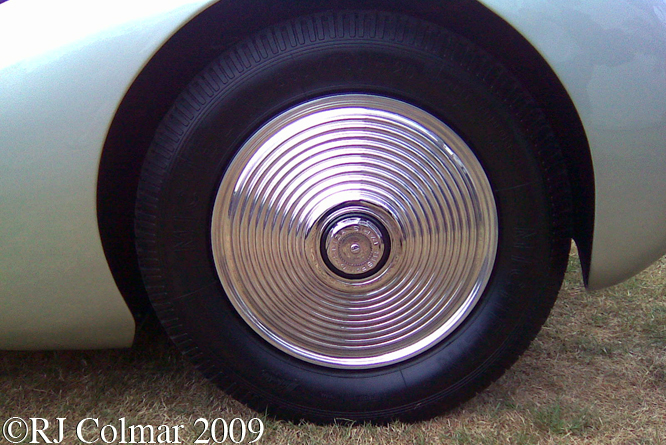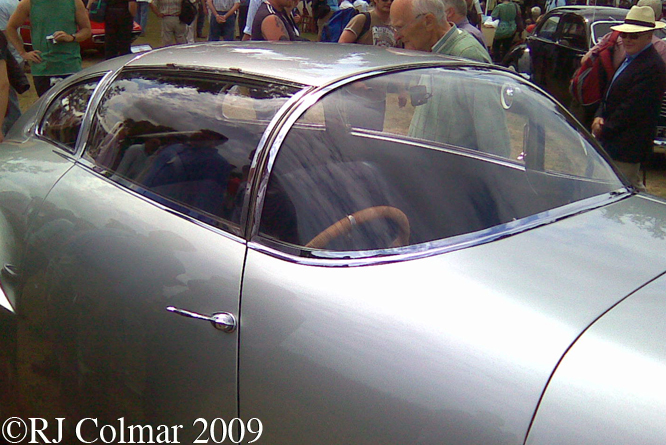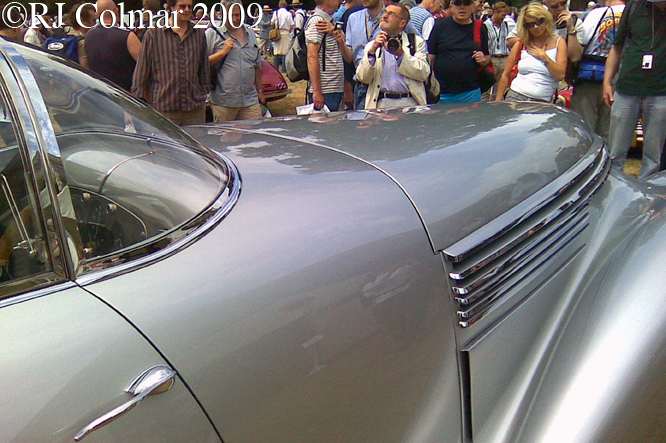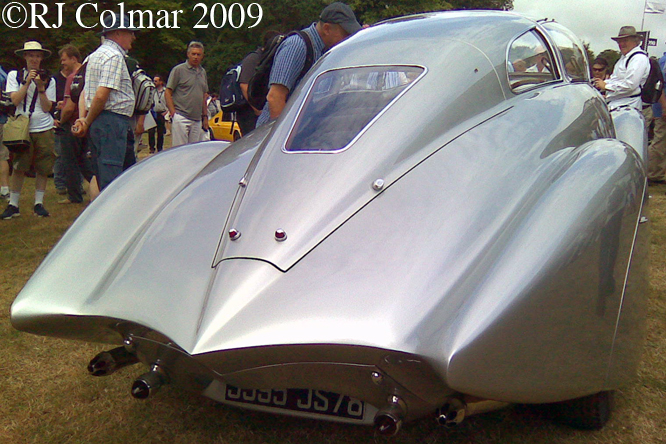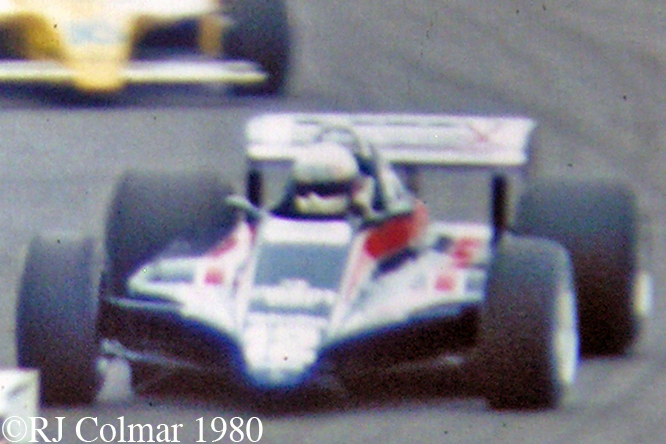After beating Phil Hill on the second stage of the 1952 Carrera Panamerica Mexican hot shot Efrian Ruiz Echeverria skidded of the road while in 10th place overall on the third, of five, stage of the race in his Ferrari 212 Inter Berlinetta chassis #0239 EU.
He sent the car back to Ferrari for repairs and while it was there Efrian asked if the factory would build him a Ferrari 250MM like the one used by Giovanni Bracco which had proved to be the fastest car in the 1952 Carrera Panamerica field although transmission failure 300 miles from the finish handed a 1-2 victory to the Mercedes Benz Team.
Ferrari were happy to oblige going so far as swapping the identity from Efrian’s old 212 Inter #0239EU to that of the new 250MM chassis #0353MM at the owners request so that import duty would not have to be paid on the new car.
The 1953 Panamerica entry list included five works Lancia’s with Juan Manuel Fangio in the lead car and five non works Ferrari’s. Fangio led a 1/2/3 finish for the Lancia Team and Efrian came in as first privateer in 7th place. A result that remains the best for any Mexican driver in the original series of Carrera Panamerica races run from 1950 to 1954.
Thanks to William (WDH74) at The Nostalgia Forum I have found out what the meaning of the legend “Como 123 no hay dos” which appears to be a sponsors strap line on the bonnet of the car. “No hay dos” translates to “nothing better” from Mexican in this case nothing better than products from sponsor Industrias 1-2-3 owned by Santiago Ontanon who’s products include vegetable cooking oil and laundry detergent.
The 1953 Carrera Panamerica was #0353 MM (0239 EU)’s only in period competitive outing, the car passed through various hands and 3 restorations later the car is seen above at Goodwood Festival of Speed where it was entered by Nick Mason for his wife Annette to drive.
My thanks to WDH74, Arjan de Roos, Doug Nye, Regazzoni and Tmeranda at The Nostalgia Forum for lessons in Mexican and Mexican house hold product marketing.
Thanks for joining me on this “Nothing Better” edition of “Gettin’ a li’l psycho on tyres” I hope you will join me again tomorrow when I’ll be looking at a Lotus rally car project. Don’t forget to come back now !

